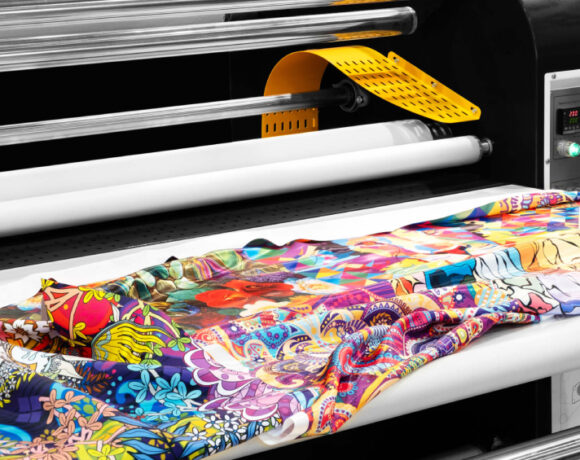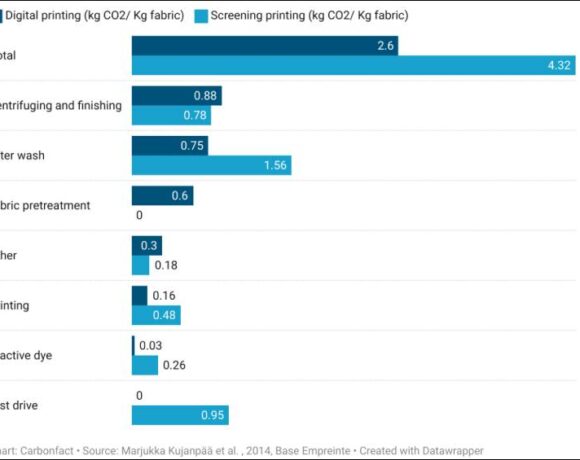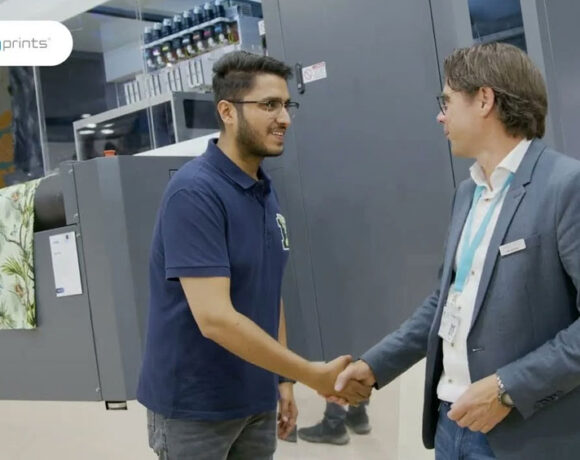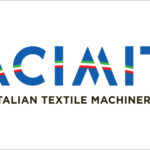Selecting The Right Fabric For Digital Printing
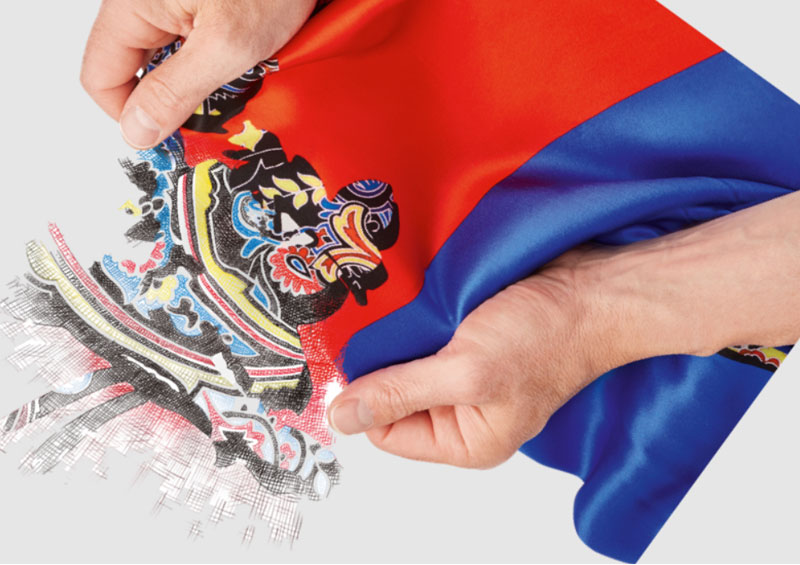
When considering whether digital textile printing is a viable option for your printing company, it’s crucial to understand the possibilities it offers concerning the materials that can be used. Digital textile printing represents the latest innovation in the industry, attracting printers with its competitive advantages, such as fast production rates and the ability to print complex designs and fine patterns. Before making a decision, let’s explore the fabrics best suited for digital printing.
Understanding Digital Textile Printing Technology
Digital textile printing relies on an inkjet-based method that allows printers to produce high-quality designs on a wide range of fabrics. However, not all fabrics are suitable for this specific printing technique. To gain insights into which fabrics work best, it’s essential to comprehend the underlying technology. In digital printing, the materials must undergo pre-treatment before passing through the inkjet printer at high speed. The printer utilizes a printable design from a digital data file, reads the colour information, and applies the colours onto the fabric using minuscule droplets of ink produced by numerous print heads positioned just a few millimeters above the substrate.
Compatible Digital Printing Materials
The close proximity of print heads to the fabric in digital textile printing ensures high-quality designs and fast production rates. However, this also means that certain materials cannot be used due to potential damage caused by loose threads or other factors. Let’s explore some digital printing materials and which types of ink work best with each:
Cotton: A popular natural fibre used extensively in the fashion industry, cotton is suitable for digital textile printing. Reactive inks are the preferred choice for printing on cotton, as they provide the highest wash fastness for prints.
Viscose: Another commonly used material in the fashion industry, viscose yields the best results with reactive ink, similar to printing on cotton.
Wool: Printing on wool is possible, but for “hairy” wool with loose threads, the print heads must be positioned as far away from the substrate as possible to avoid damage. Choosing a digital printer that enables such positioning is essential for successful wool printing.
Silk: A natural fibre suitable for digital printing, silk can be printed with reactive ink for high-fastness priorities or with acid inks to prioritize colour gamut.
Polyamide Lycra: Mainly used for swimwear, polyamide lycra can be printed as a digital printing material, preferably using acid inks to achieve the highest colour brilliance, wash fastness and resistance to saltwater and chlorine.
Polyester: Polyester has gained popularity in the fashion industry, but traditional disperse inks do not work well with high-speed digital printers. Sublimation inks offer a viable alternative for direct printing on polyester fabric, though it may result in slightly lower fastness compared to disperse inks.
Mixed Fabrics: Fabrics composed of two different materials can pose challenges for digital printing machines. Since only one type of ink can be used at a time, printers must choose the ink suitable for the predominant material in the fabric. Mixed digital printing materials with a minimum division of 70-30% can generally be handled by digital textile printers.
Choosing the Best Fabric for Digital Printing
Ultimately, determining the best fabric for digital printing depends on your end product. Almost all fabrics can be used as digital printing materials, provided the appropriate inks are used. Digital textile printing offers the potential to enhance print quality and boost production rates, making it an increasingly attractive choice for conventional printers.
As the industry moves forward, understanding the compatibility of digital printing materials and inks will be crucial for achieving success in the world of textile printing.
(Source: SPGPrints)


